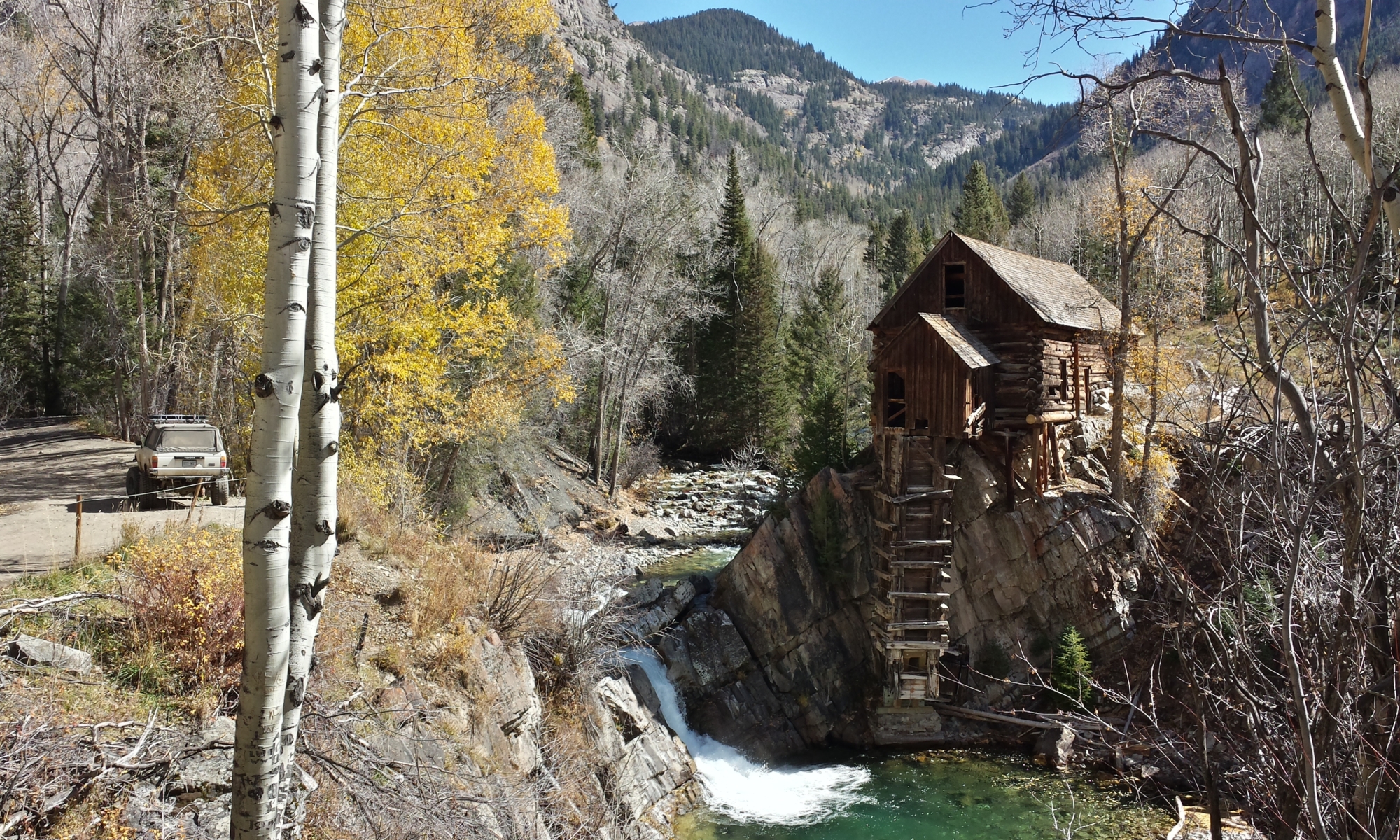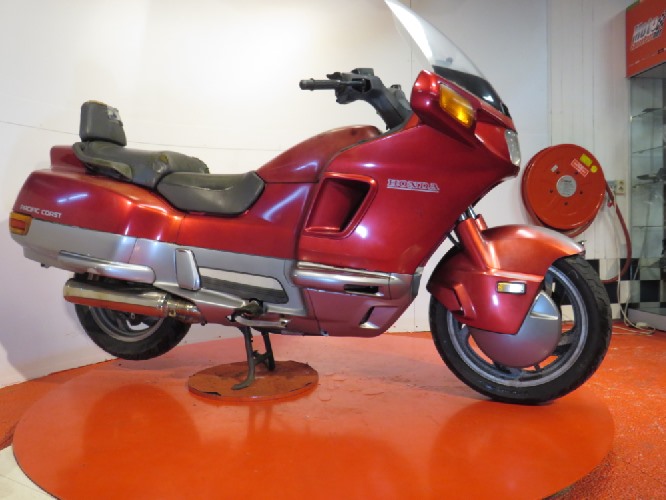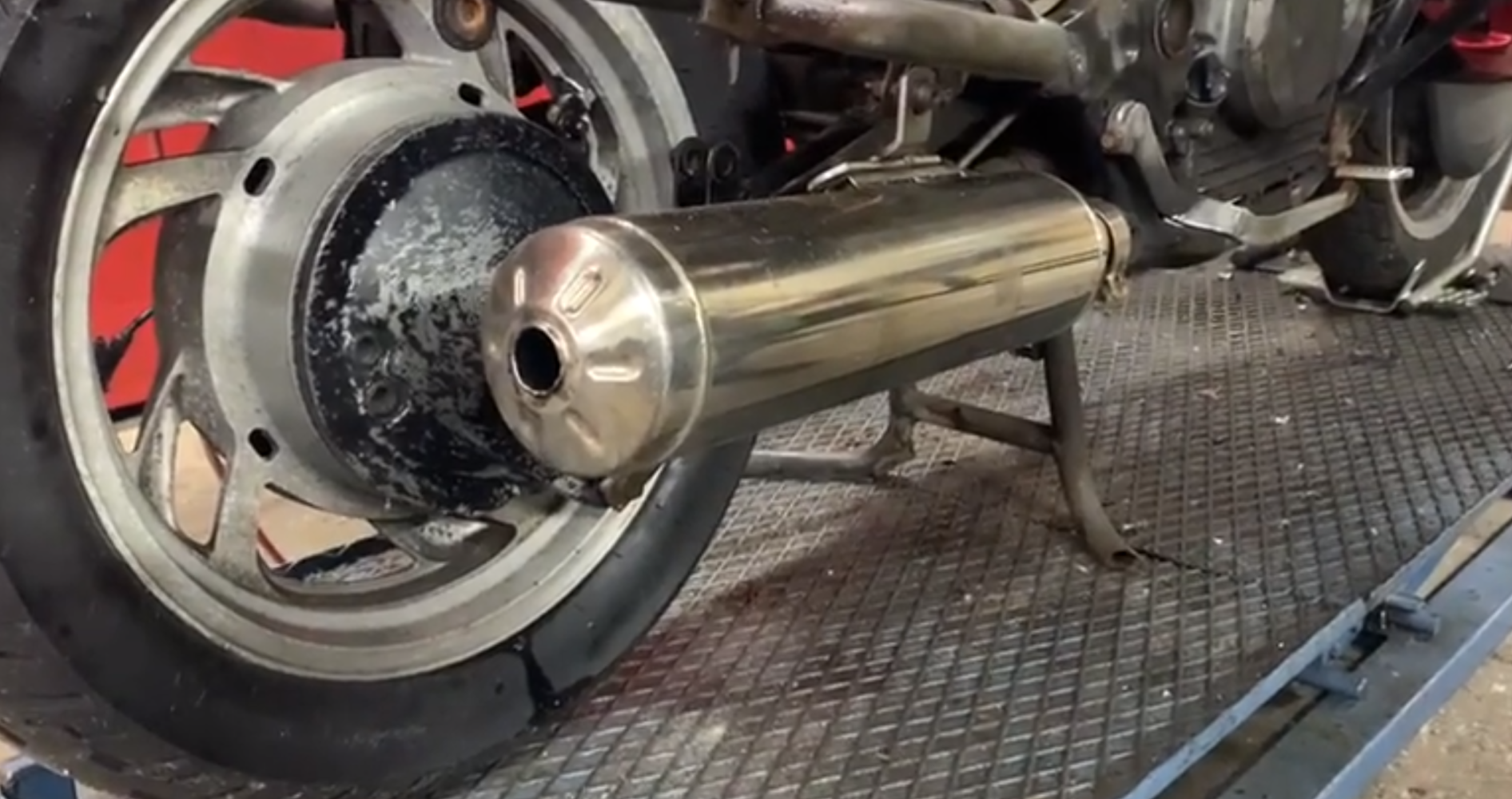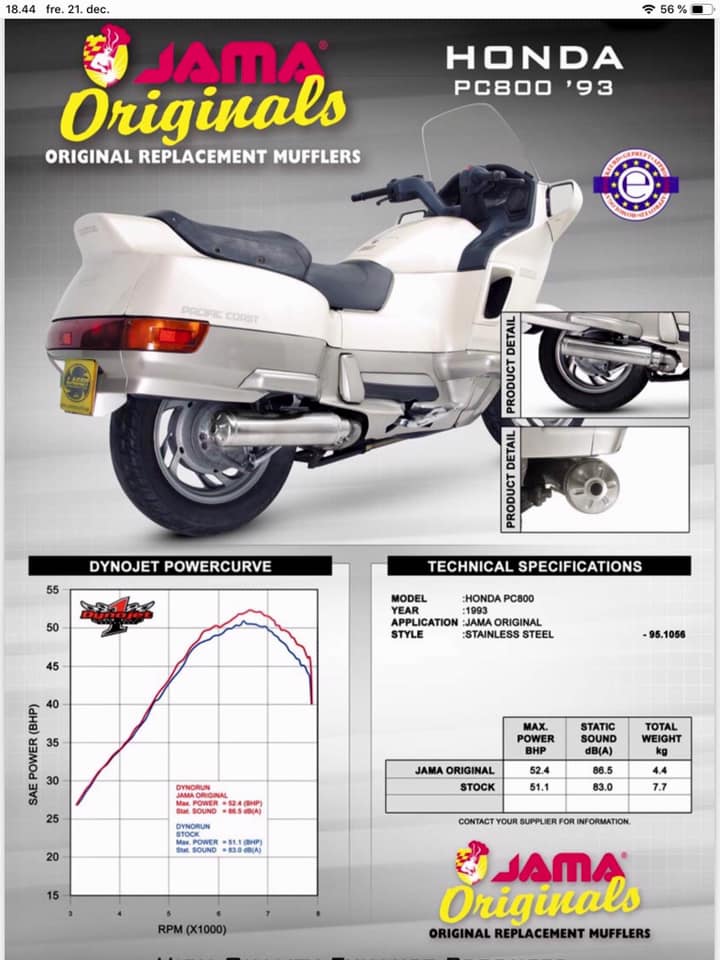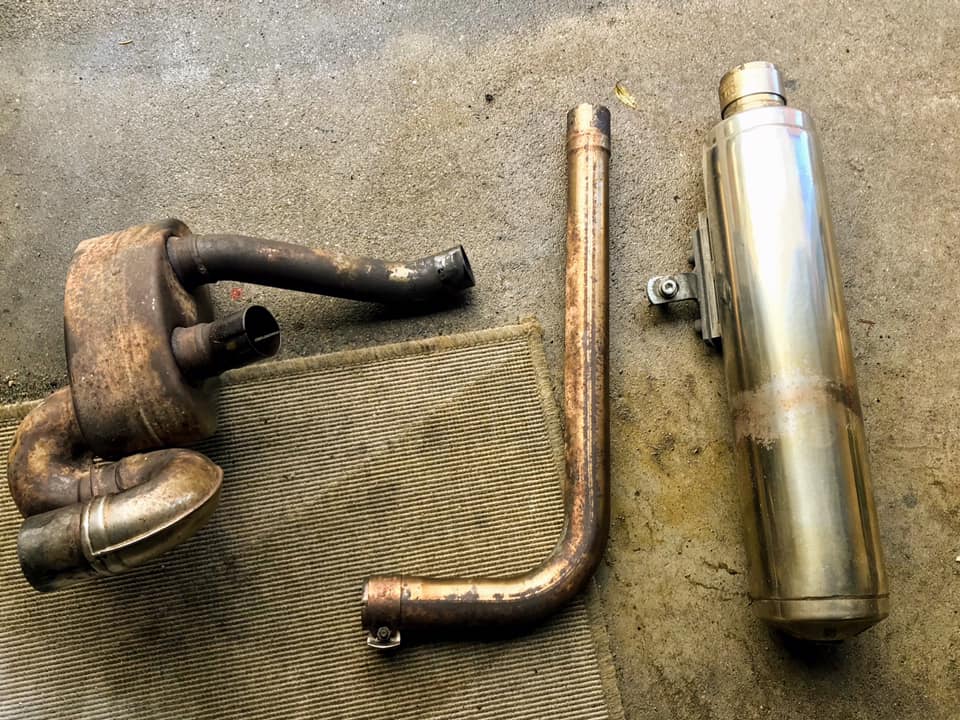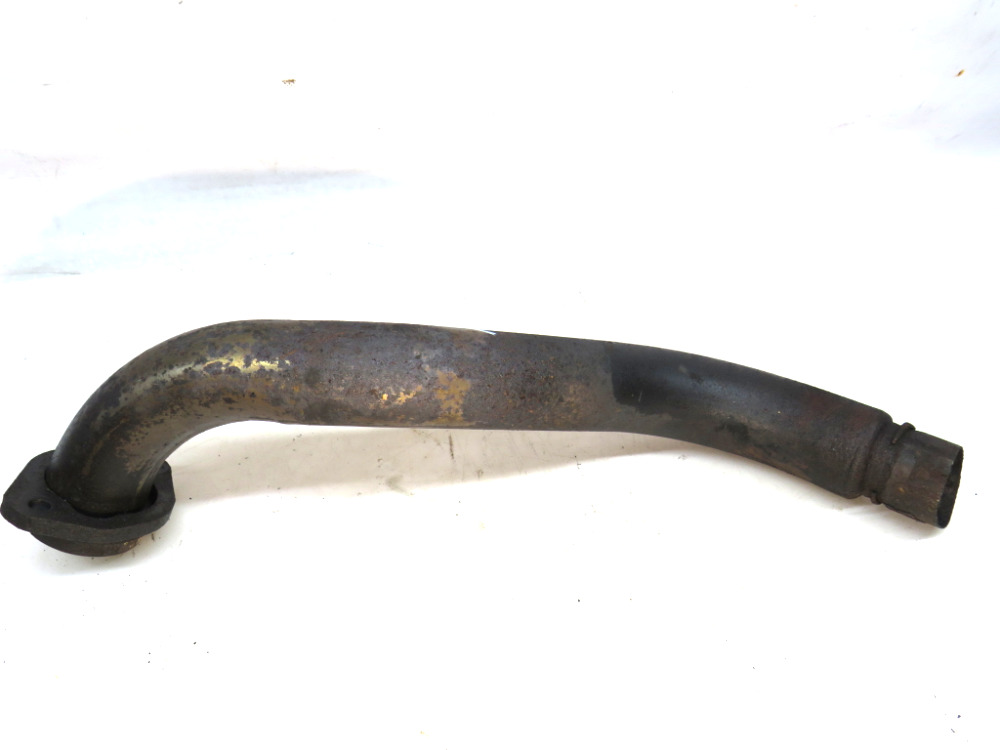Here’s an option to replace broken mirrors on a Honda Pacific Coast PC800 motorcycle. Because the mirrors are no longer offered by the manufacturer, there are only a couple solutions to a damaged mirror. You can buy one off eBay or a similar site for a lot of money (as of April 2021, I’ve seen a set of mirrors sell for $500). You can contact Alex in Russia to have him resin cast new mirror plastic parts for you. You can contact Ruud De Greef via Facebook to buy 3D models of the PC800 mirrors and 3D print your own. Or you can contact Dolf Veenvliet for his version of 3D models for PC800 mirrors and also 3D print your own.
Ruud De Greef’s 3D Printed Mirrors
This post shows some of the info that I’ve pulled off of Facebook from Ruud De Greef. The original post is here.
I have no experience with the 3D printing files and I do not know if they are any good or not. If you buy the files from Ruud and they work well or they do not work well, please let me know so I can update this post.
Note that it appears only some of the parts are available for 3D printing so you’ll still need some parts harvested from your busted mirror.
Some people in the comments on the Facebook post mentioned that there were 3D STL files available several years back but I haven’t been able to find the files yet. I’m not sure if Ruud’s files are from the old STL files that a few have mentioned or if they’re created from scratch.
Here is something about the challenges of 3D printing old bike parts: https://www.fabbaloo.com/blog/2019/6/27/how-to-re-engineer-motorcycle-parts
Here is an old Reddit post that mentions someone at some point was 3D printing parts for the PC800. I haven’t been able to find any other information besides this: https://old.reddit.com/r/motorcycles/comments/63sup7/are_we_3d_printing_parts_of_our_bikes_in_the/dfwob04/
I have the mirrors from the PC800 transformed in a digital format. You can now print your mirrors yourself. The costs are 120 dollars for all files (see photos). IMPORTANT: you don’t get a real product ..only the files for your printer! Please send me a PM if interested. Printer volume needed: 200 x 200 x 250mm
Ruud De Greef






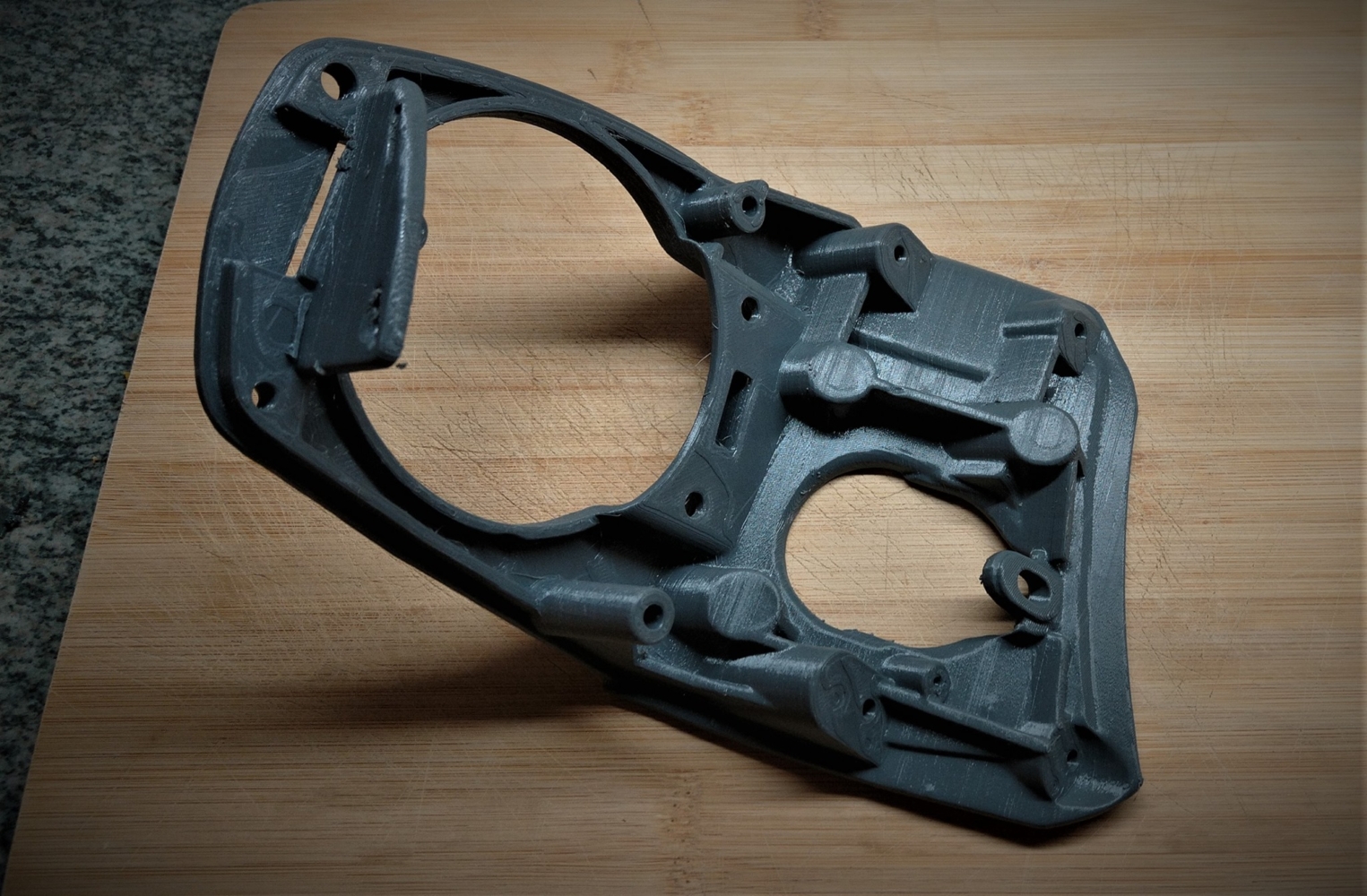
Dolf Veenvliet’s 3D Printed Mirrors
In 2023, Dolf Veenvliet developed 3D models of the PC800 mirrors. You can buy the models here. Dolf can also be reached via email at dolf@macouno.com. Some images of his 3D printed mirrors are available below. Note that he also has files for the PC800 crash guards which are getting in very short supply and the “Wong Wing” spoiler that can bolt on the back of a PC800 trunk.

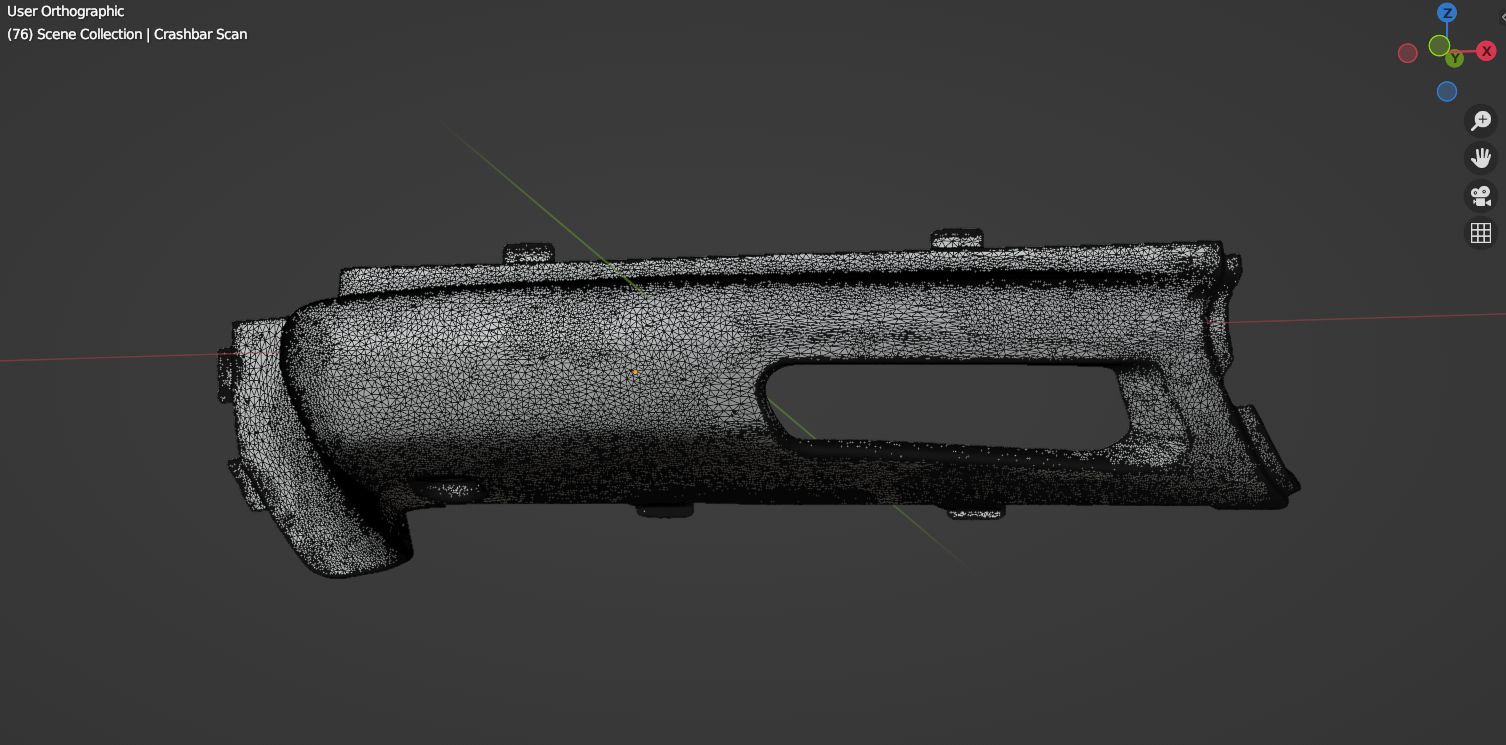
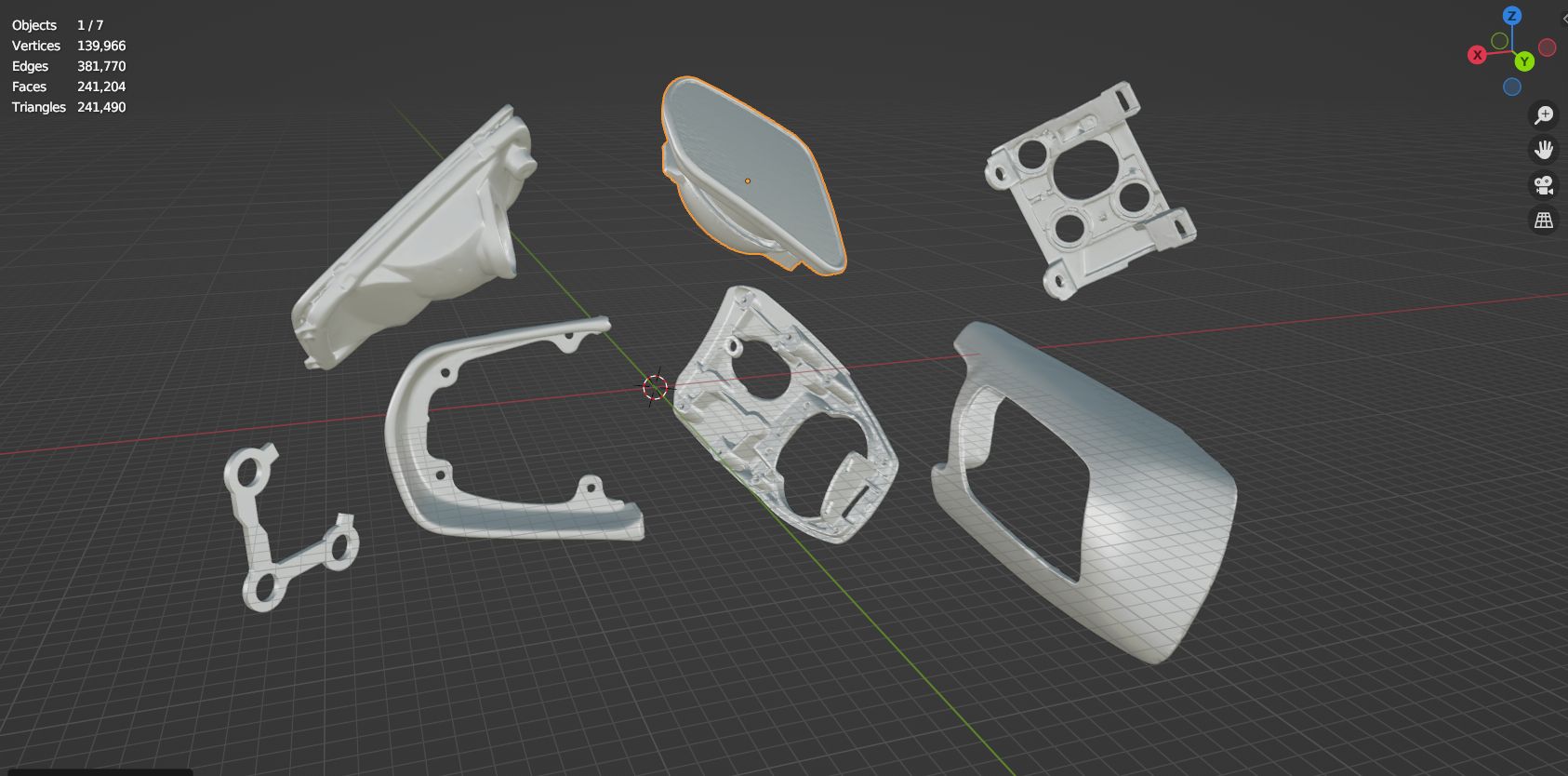
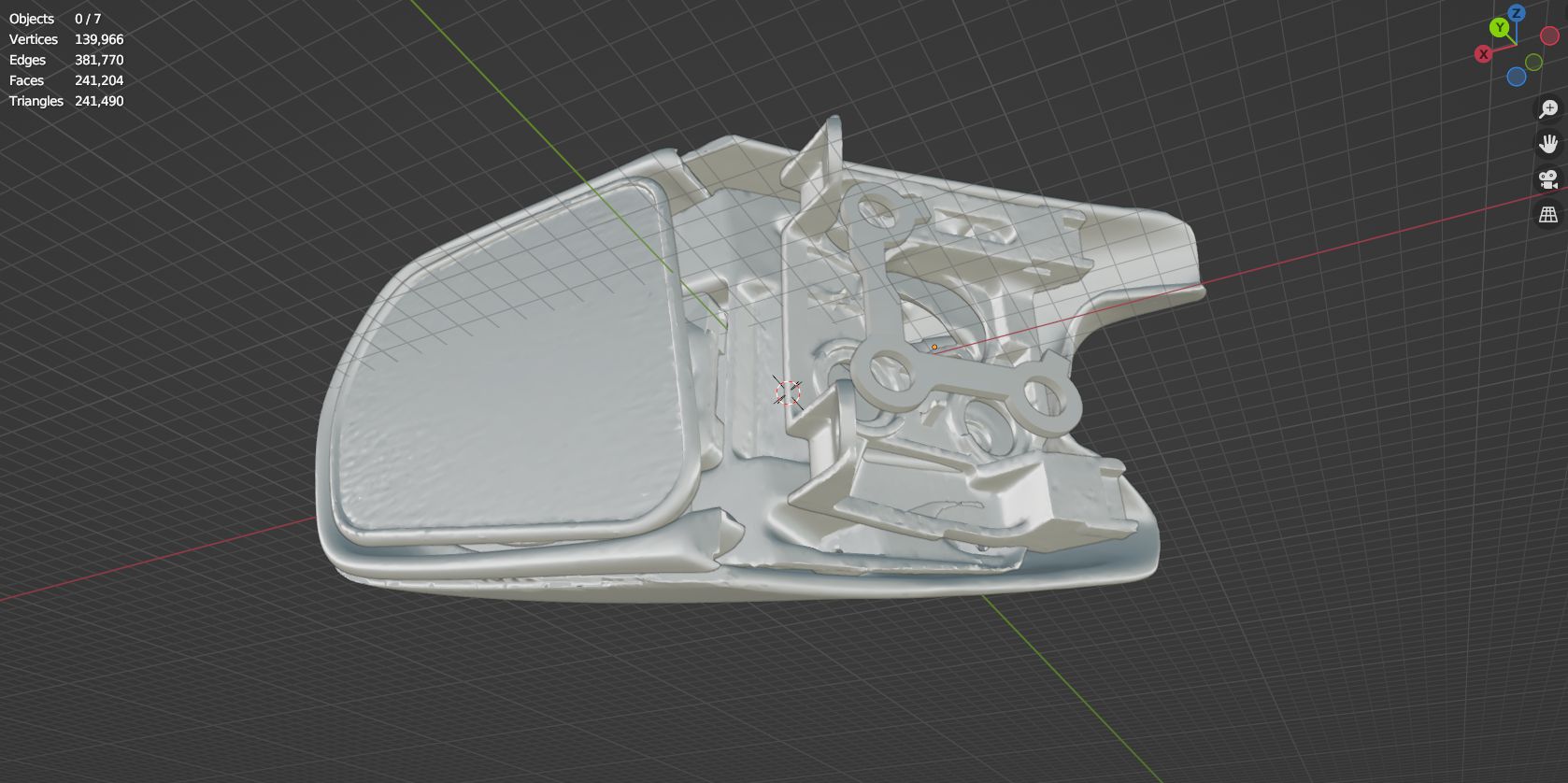
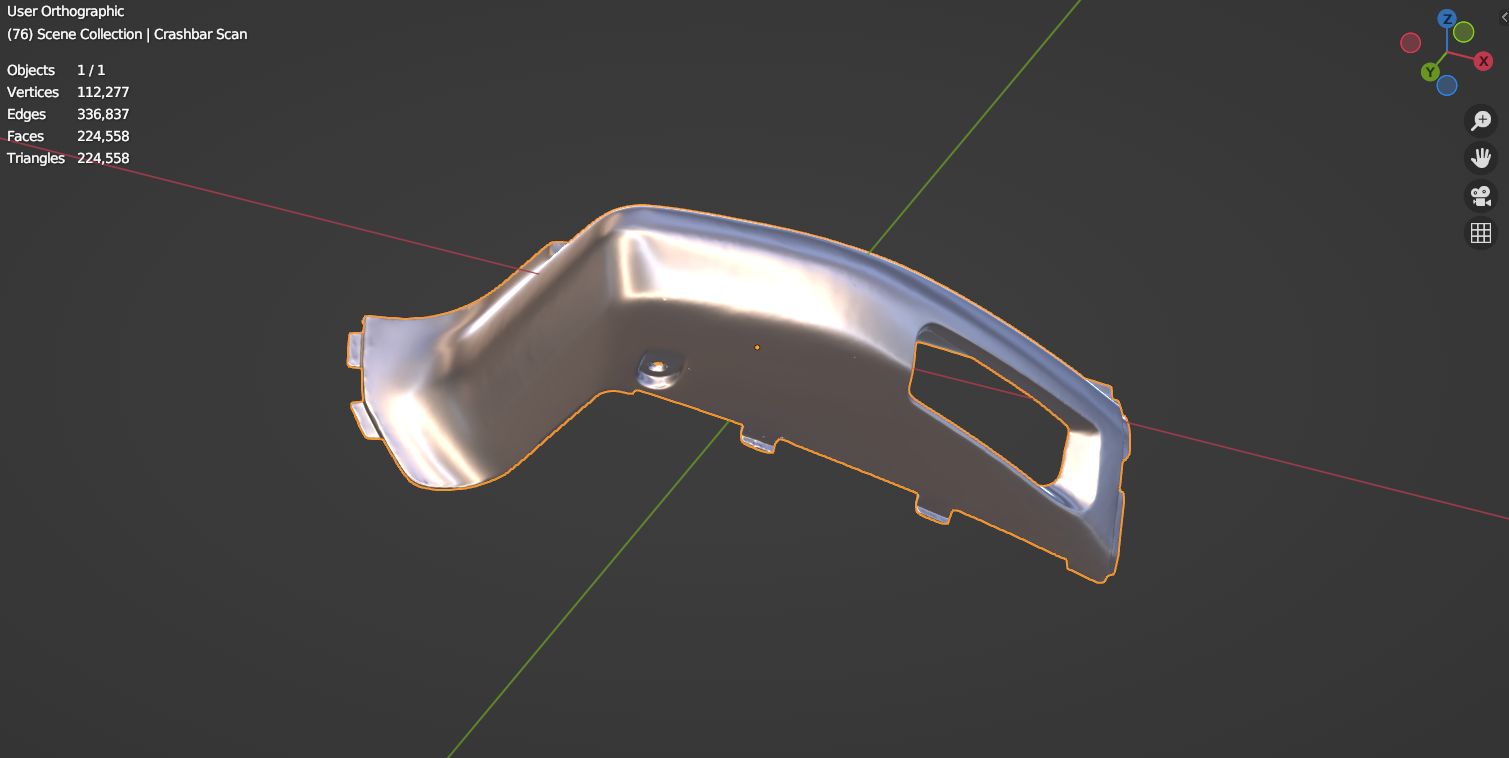

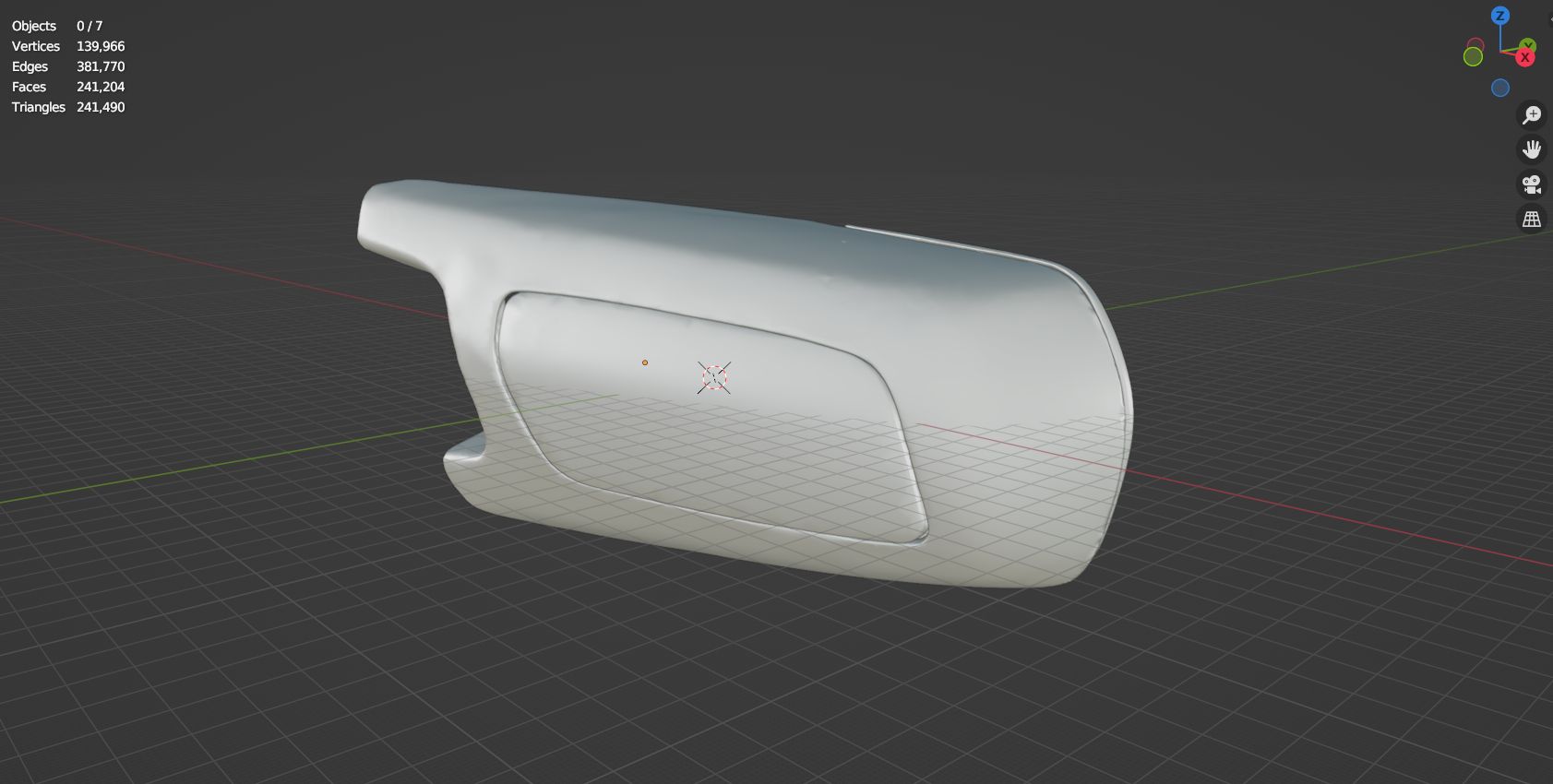
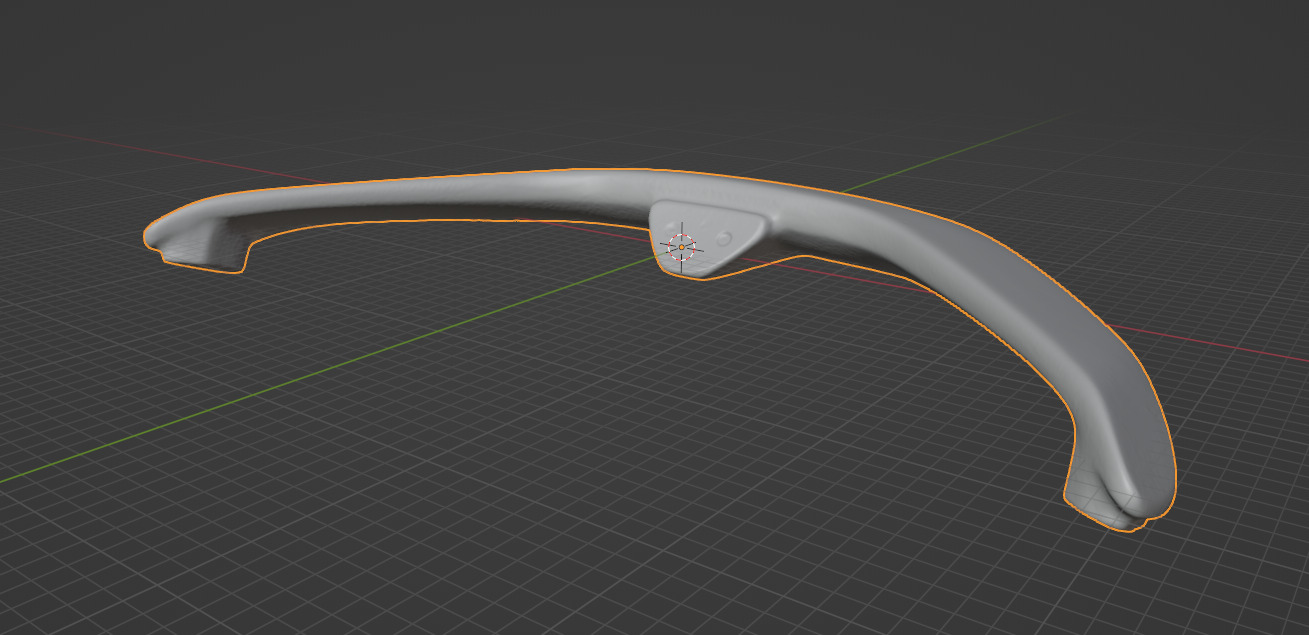
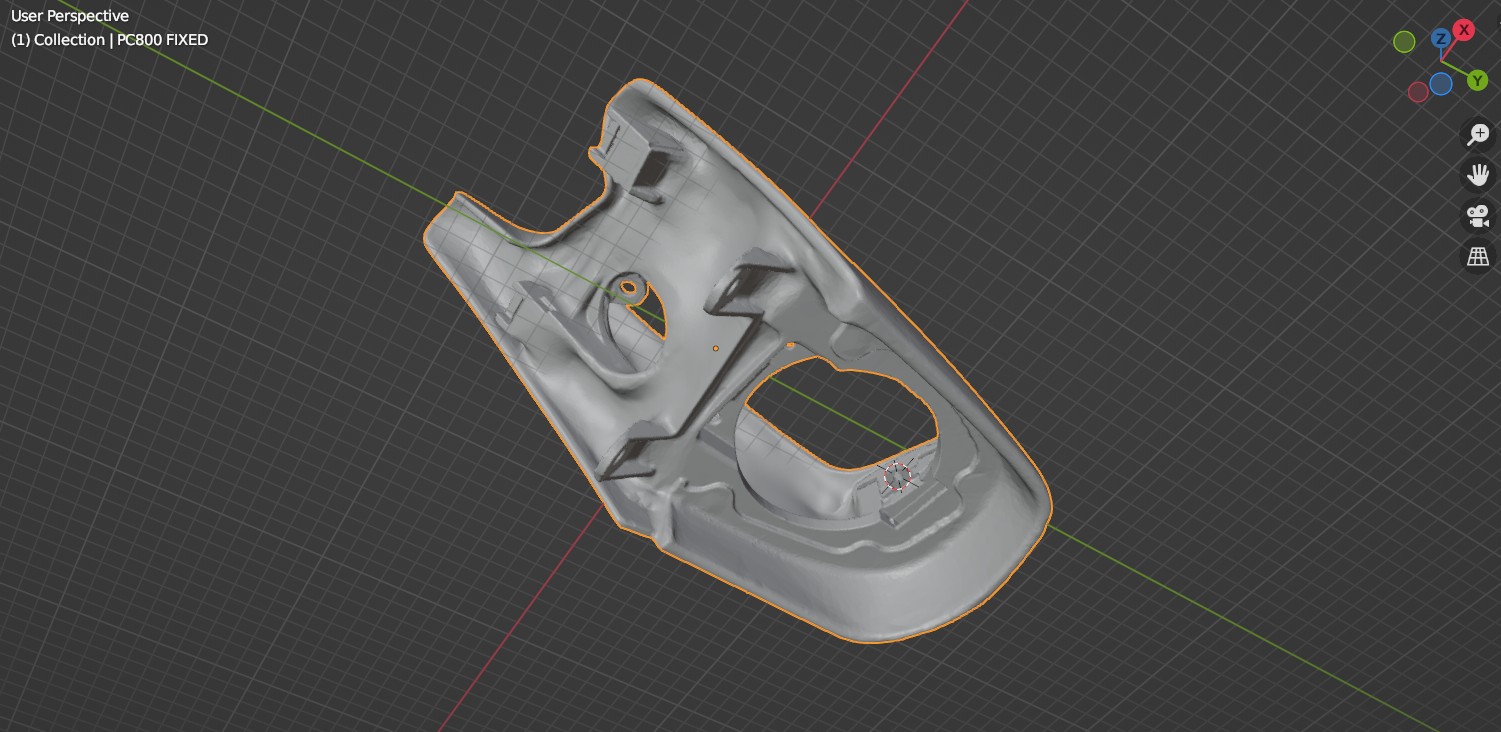
The resulting printed part looks quite good on Dolf’s PC800. I suspect he’ll be out with more 3D printed parts for our beloved PC800s in the near future.
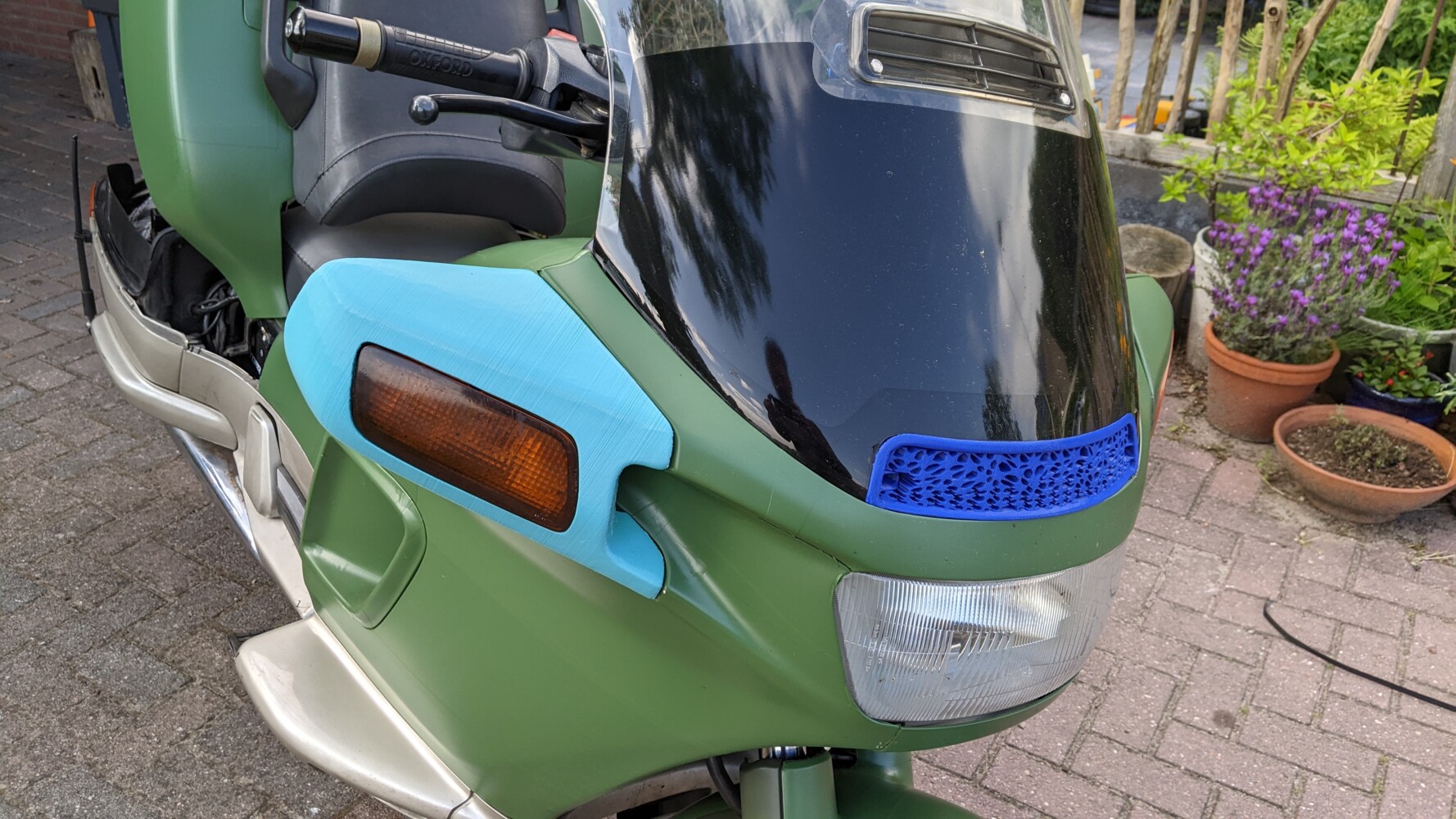
Indie Ingenuity’s 3D printer mirrors
“Indie Ingenuity” posted his 3D printed mirror results on the PC800 Facebook group recently. He used Andrew M. in Austin, Texas who does local 3D printing (Plainfield Creations) but Andrew can also ship.




